Wildflowers
These are just a small selection of the amazing diversity of wildflowers that occur at Beaconsfield Nature Conservation Reserve
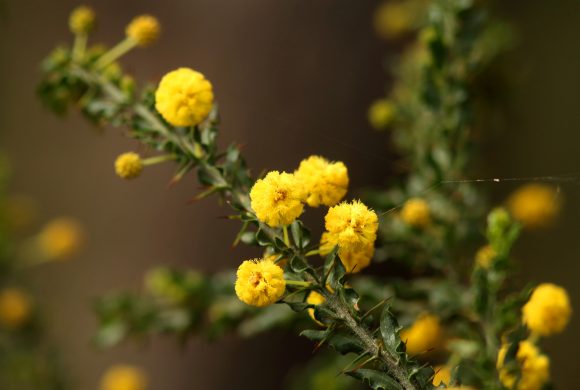
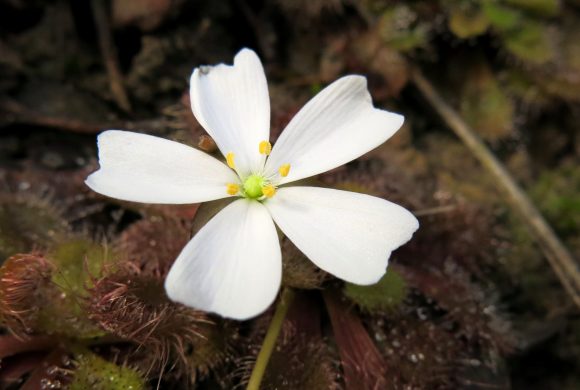
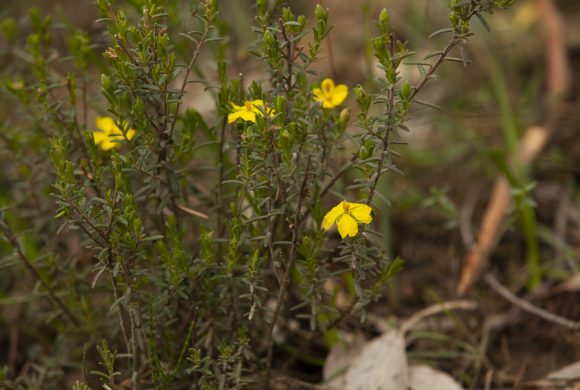
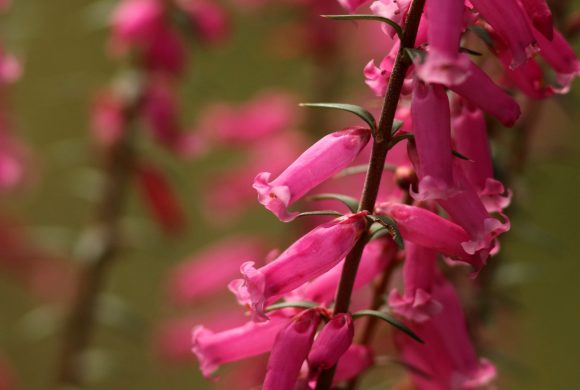
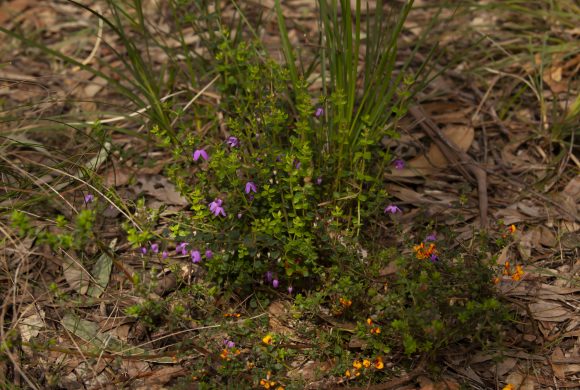
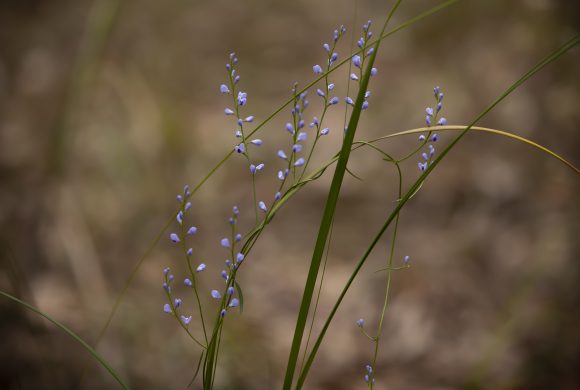
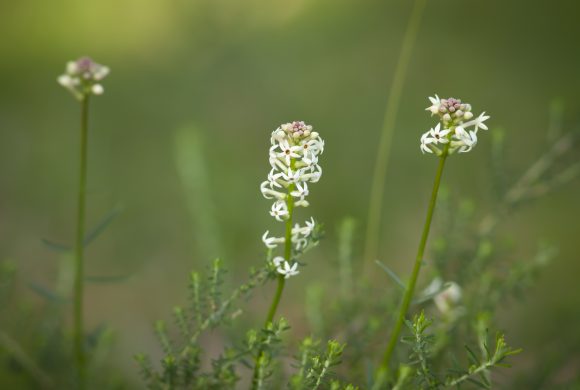
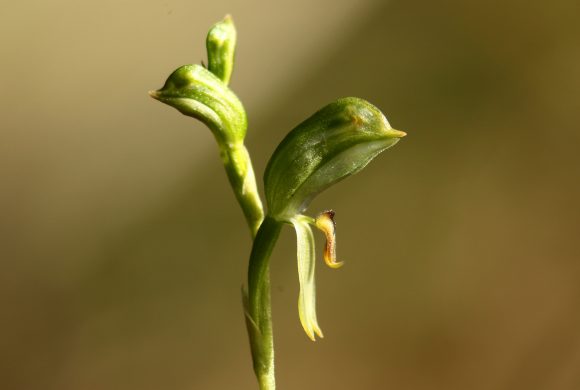
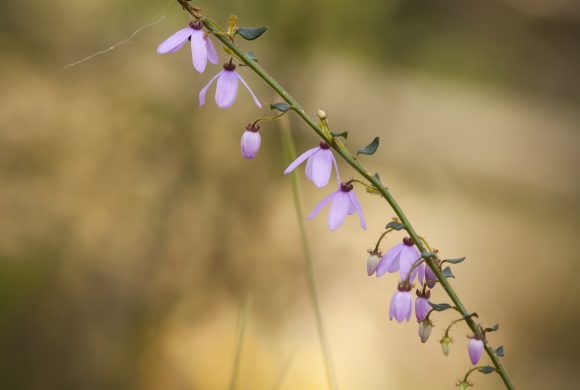
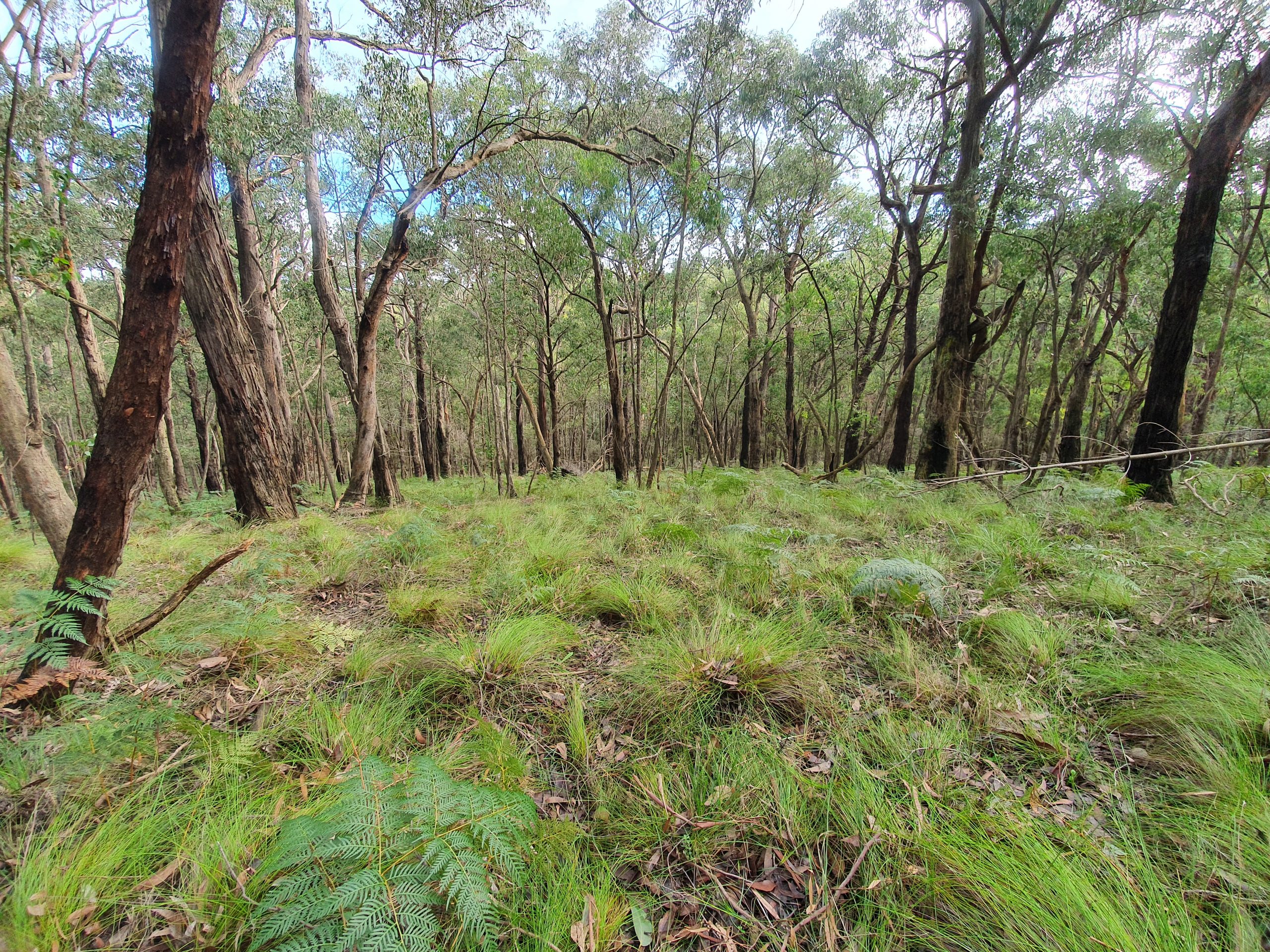
Beaconsfield Nature Conservation Reserve (BNCR) is a remarkable place, home to a variety of incredible plants and animals. Whilst the species in BNCR were once common across Victoria, many have become rare since European settlement. This reserve is now an important remnant of what was once common across the landscape, providing protection for many species.
In 2005 the Beaconsfield Reservoir was permanently reserved as a Nature Conservation Reserve. Nature Conservation Reserves are set aside to conserve species of plants and animals that may be rare or endangered, critical habitat, or other plants and animals that have particular conservation significance. The Cardinia Environment Coalition was appointed the Committee of Management for BNCR in 2005. The primary purpose of BNCR is to protect flora and fauna.
BNCR is 172ha and located near Melbourne’s South East growth corridor in Cardinia Shire. This reserve is remarkable not only for its environmental values but also its history. There is a diverse history of Indigenous cultural heritage, gold mining and the construction of the aqueduct and reservoir.
BNCR contains 5 different Ecological Vegetation Classes:
Threats to the biodiversity at BNCR include:
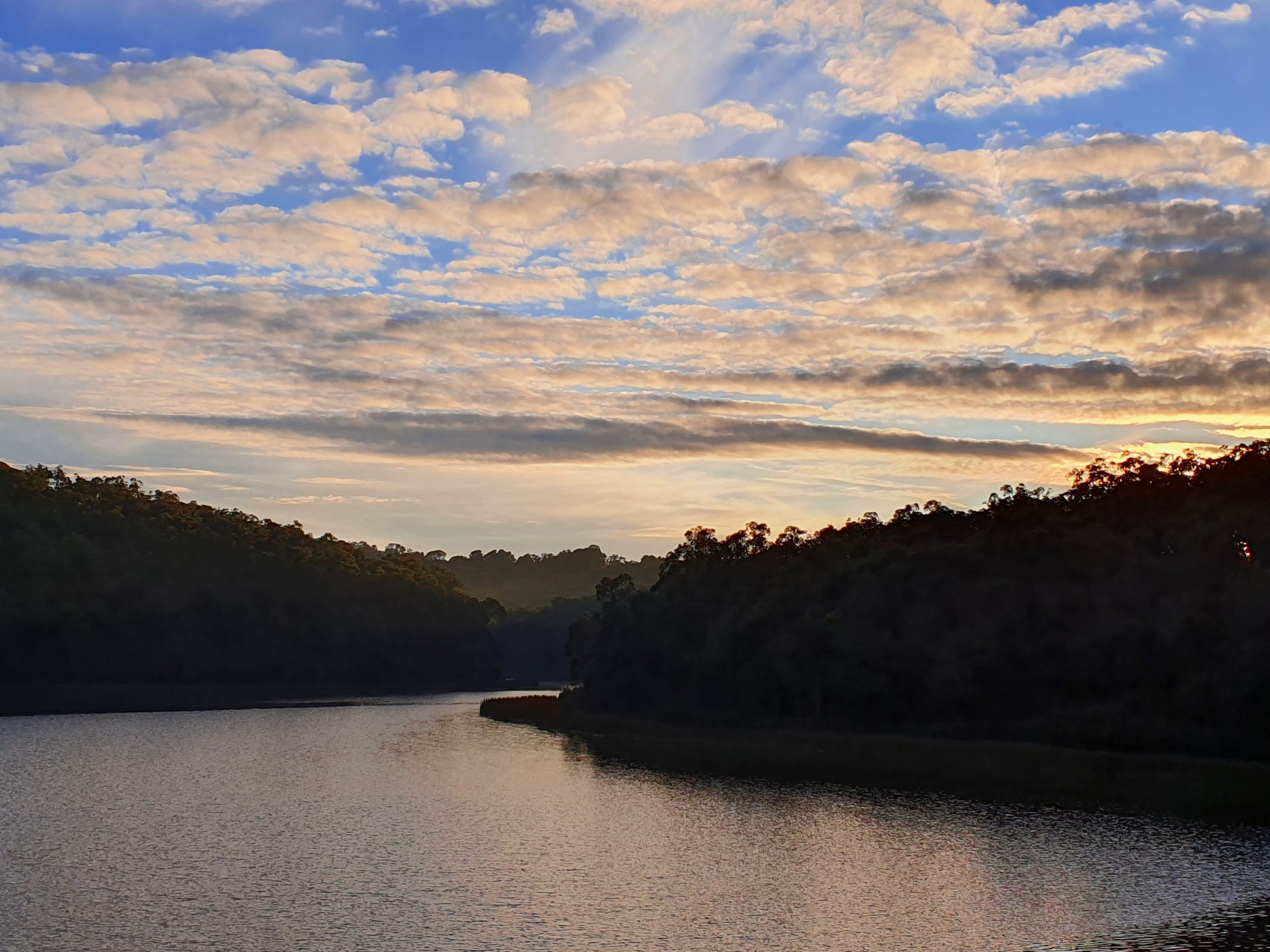
BNCR is currently closed to the public. Please keep an eye on our Facebook page for information about community open days. We also offer access for once off events for groups, such as field naturalist clubs and bushwalking clubs. Get in touch with us to find out more!










